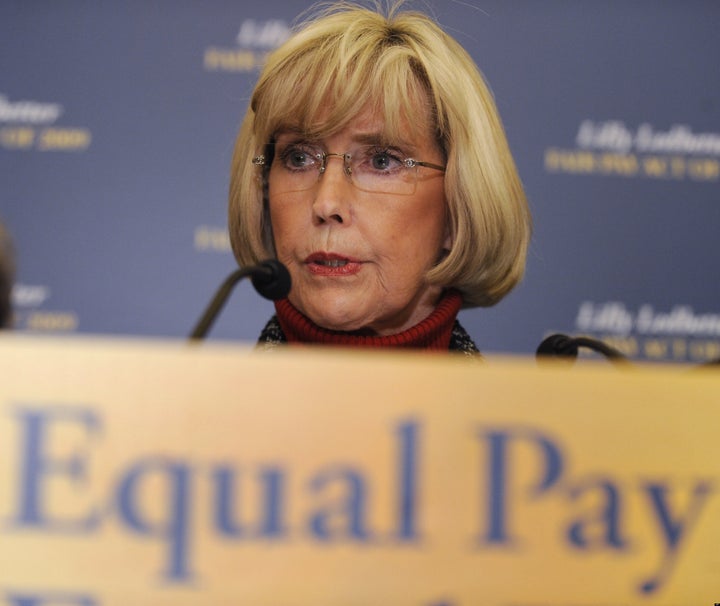
'These are tough times.' We've all heard the phrase time and time again -- especially now during the fierce battles over public spending -- to justify the lack of progress in attaining equality, or prosperity, or a more level playing field. We can't pay workers fairly or offer benefits, or invest in child care, education, and jobs training because we can't afford it... or so it goes.
On Equal Pay Day -- April 12th -- it's time to stop using our economic doldrums as an excuse for indifference and inaction. For how many more years are we going to dutifully report on the stagnant gender wage gap? Women who work full-time, year-round are still paid only 77 cents for every dollar paid to their male counterparts or $10,622 less per year in female median earnings, a gap that yawns wider for women of color and older women [National Women's Law Center, NWLC].
The reasons for the gap have been a bone of contention among scholars, business leaders and experts who often attribute it to women 'opting out' of professional career tracks or they blame it on a leadership pipeline that is blocked, or leaky, or in need of some type of hydraulic repair.
The danger, in the case of equal pay, lies in complacency or thinking the status quo reflects a true meritocracy. How much bigger, stronger, and innovative would our economy be with the full participation of women?
Here's some food for thought:
•Women with MBAs are likely to start their first post-MBA job at a lower level and to make $4,600 less on average than their male counterparts with equal experience and comparable backgrounds [Catalyst]
•The glass ceiling keeps women stuck at 15-17% of top positions in most fields despite outpacing men in college degrees from BA's to PhD's. [The White House Project]
•Men have bounced back from the jobs they lost from their lowest employment level [in January 2010] regaining 19%. But women have recovered just 6 percent of the jobs they lost from their lowest point, [September 2010, Institute for Women's Policy Reseach].
The fact is that family incomes in the U.S. increasingly rely partly or entirely on women's earnings. The income disparity places an undue burden on women workers who already face difficult circumstances, especially given the bleak economic outlook. An NWLC report notes that female-headed households -- which make up 85% of single parent families -- have been particularly hard hit by the recession, with an unemployment rate of 11.3 percent.
More importantly, by allowing the gender pay gap to persist, we are losing women's capacity to fuel economic growth and to generate tax revenue and enlarge the economic pie.
In these tough times, it is more important than ever to empower people to deploy their skills and creativity to solving the thorny problems of our globalized economy. Only through more robust investments in women and their increased earning power, can we begin to make strides toward building a brighter future nationally and globally.
Seventy-seven cents to a dollar -- that's something we should never be complacent about.
Linda Basch, PhD, is President of the National Council for Research on Women, a network of 120 research, policy, and advocacy centers committed to advancing rights and opportunities for women and girls.